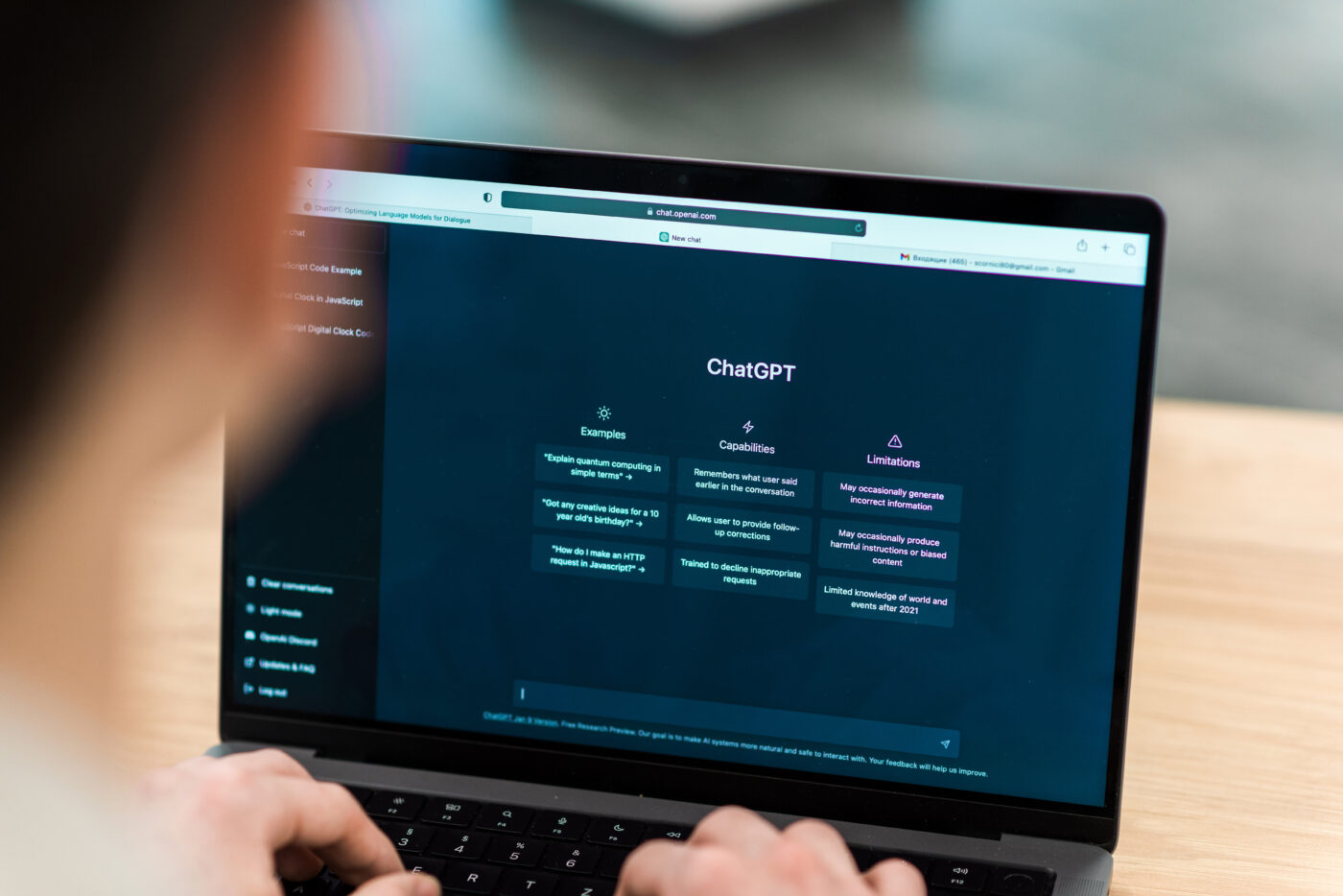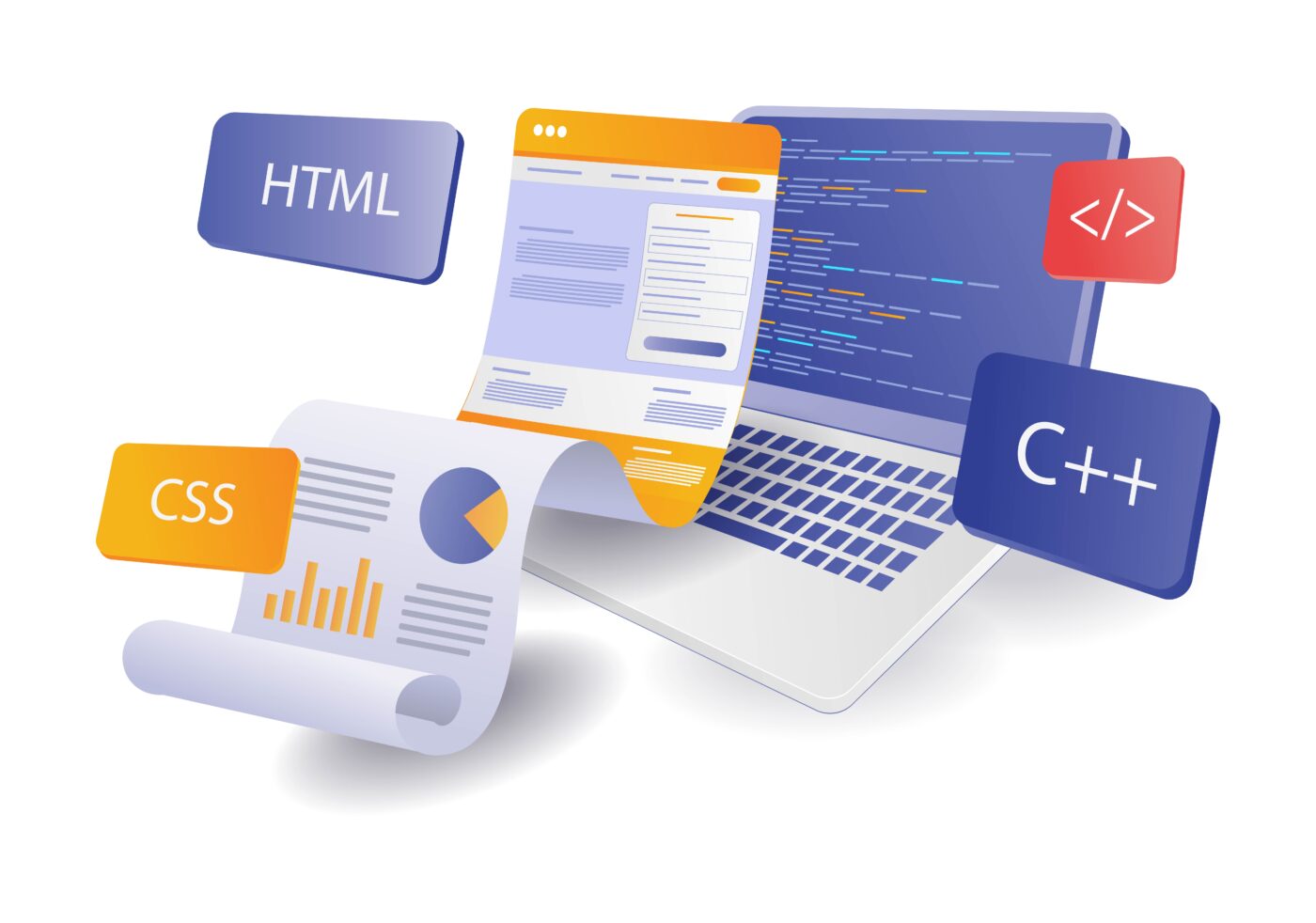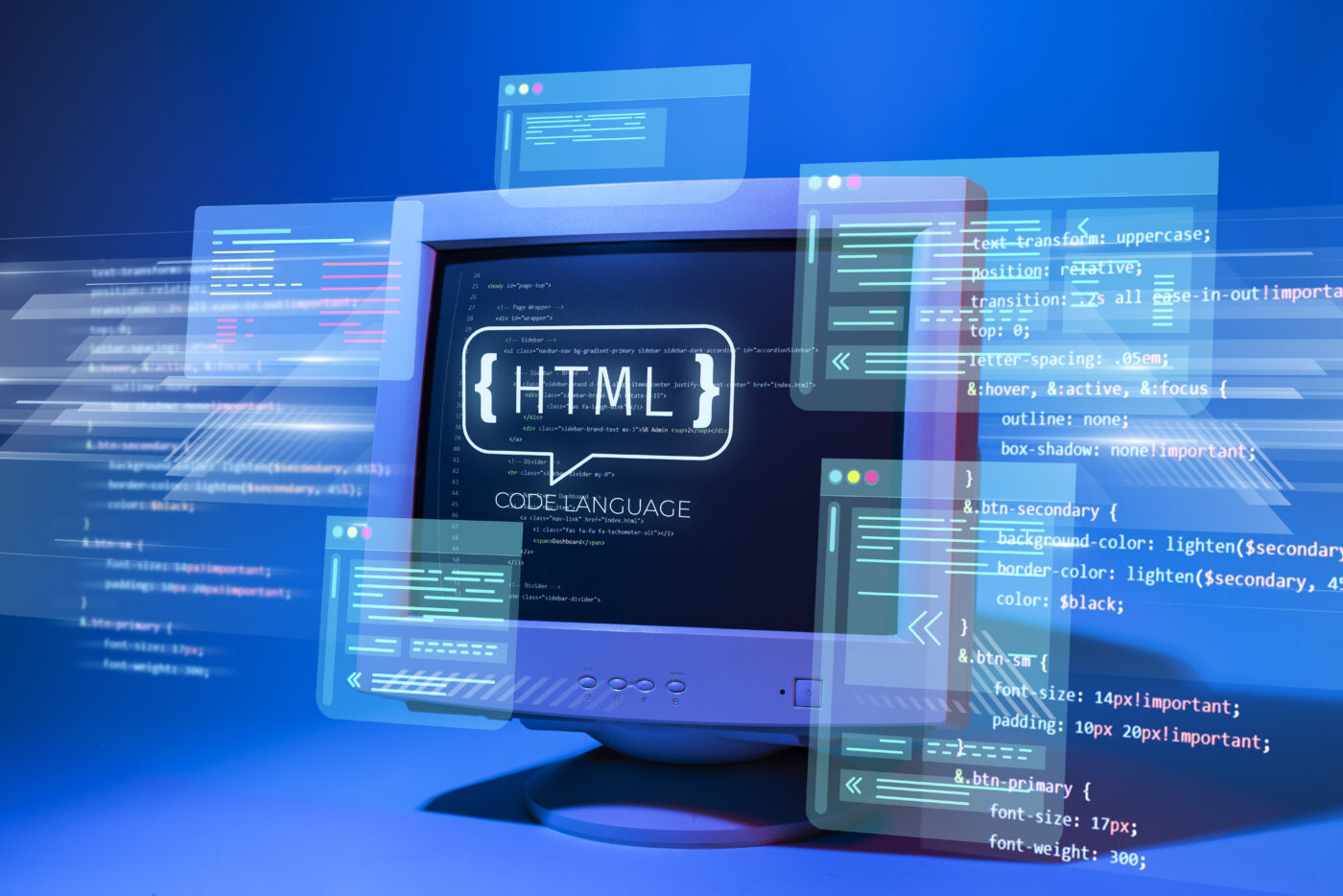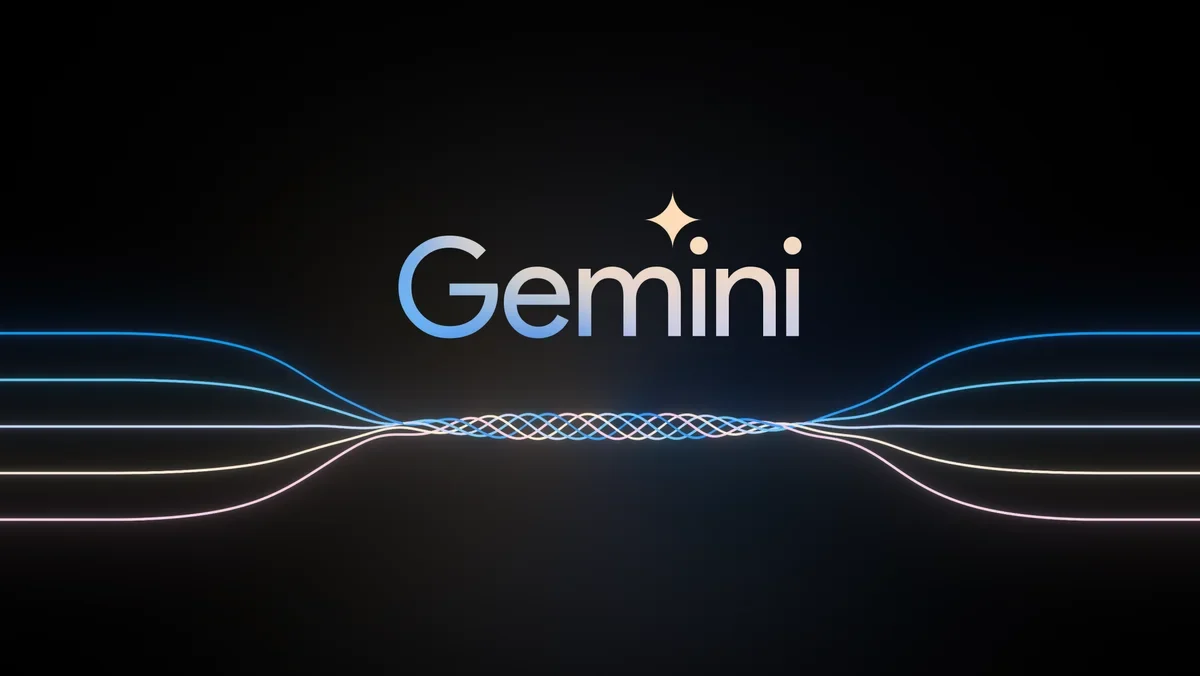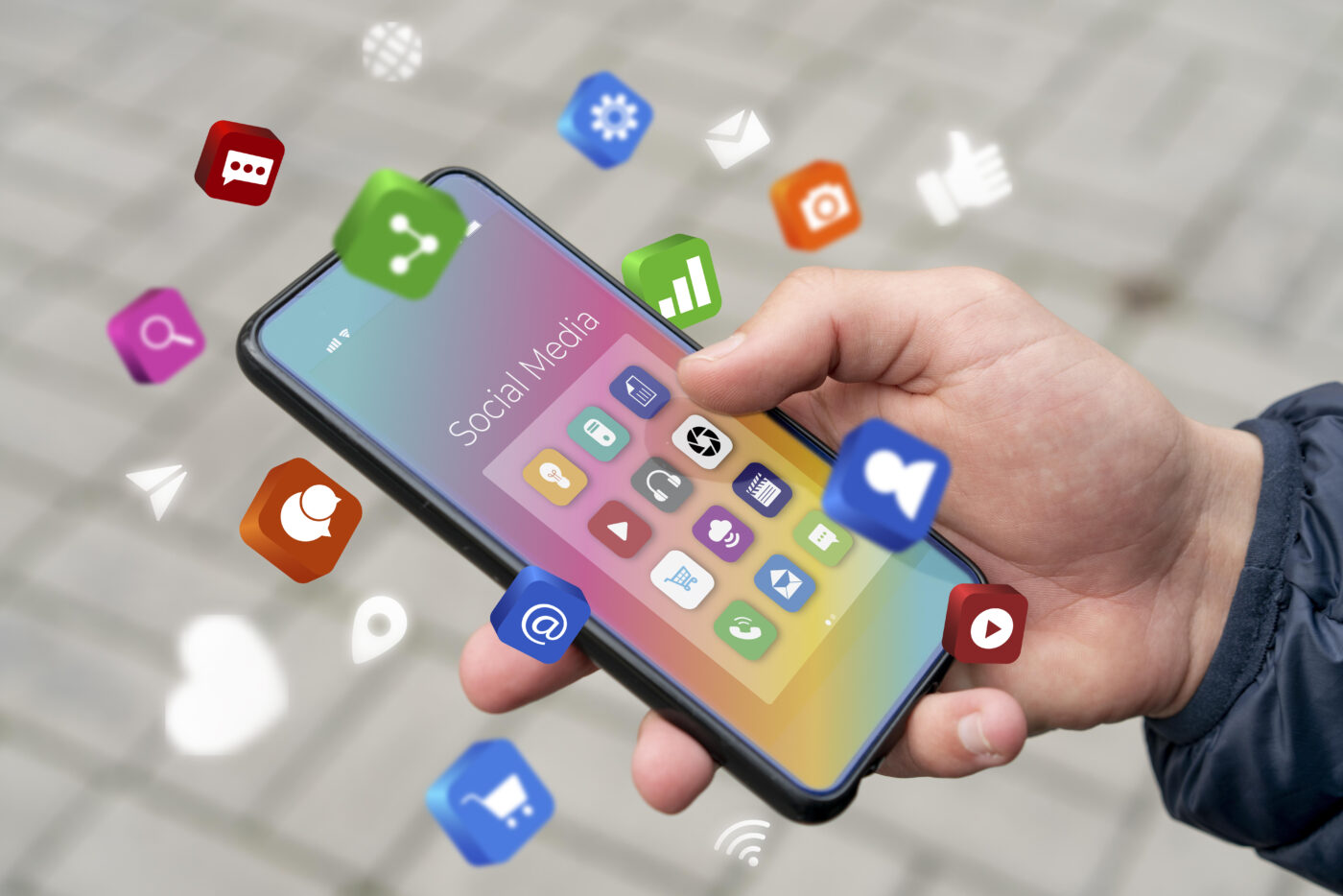SEO, AI is rewriting how people discover brands and how ads are delivered. Building on the video’s ideas, we decode what changes by 2026—Google’s AI Mode/AI Overviews, Meta’s Andromeda, privacy shifts, and India’s UPI-powered checkout—and give Indian startups/MSMEs a practical plan to protect traffic, earn AI citations, and scale performance.
- What the video sparked (in one line)
- Five tectonic shifts shaping 2026
- SEO in 2026: from blue links to being cited by AI
- Ads in 2026: algorithms drive, we supply the fuel
- Privacy & data: what to change before FY26
- India advantage: UPI, vernacular, voice
- 30-day action plan for Indian SMBs
- Wrap-up
What the video sparked (in one line)
The linked video explores where marketing is heading—AI-led search, automation-heavy ads, and the need to adapt fast. We took that spark and built a deeper, India-first guide with fresh data and a step-by-step plan for 2026.
Five tectonic shifts shaping 2026
-
Google’s AI Mode + AI Overviews become default surfaces
Google has expanded AI Overviews widely and is rolling out AI Mode (a deeper, follow-up-friendly, Gemini-powered experience). Users ask longer, multi-step questions and get synthesized answers with links. If we want traffic, we must be visible inside these experiences—not just in classic blue links. -
Clicks compress when AI summaries appear
Independent analyses show users click fewer links when an AI summary shows up. That means content must be quotable, structured, and credible to win those precious citations. Pew Research Center -
Meta’s ads engine (Andromeda) leans harder on creative diversity
Meta’s 2025 overhaul (nicknamed Andromeda) pushes more automation in delivery and ranking. Translation: inputs matter—more varied creatives, clearer outcomes, and clean conversion signals. -
Privacy reshapes targeting
Google’s Privacy Sandbox (Topics API, CHIPS, etc.) is the direction of travel for web ads. Even as timelines shift, brands need first-party data and contextual playbooks ready. -
India’s checkout is UPI-first
UPI crossed 20 billion transactions in August 2025—an insane scale that lowers payment friction for D2C and services. If your funnels still hide UPI, you’re leaking conversions.
Small joke break: in 2026, your SEO isn’t just competing with competitors—it’s competing with Google’s summary of your competitors. So let’s make sure that summary cites you.
SEO in 2026 from blue links to being cited by AI
What changes:
Search doesn’t stop at “10 blue links.” AI Overviews and AI Mode synthesize answers and selectively show sources. Our goal: be one of those sources—and still rank traditionally for clicks that remain. Google for Developers
How we adapt (AEO + GEO mindset):
-
Answer-first blocks: Use question-style H2s (“What is MSME loan settlement?”) followed by 2–3 sentence crisp answers, then the deep dive. This helps AI lift accurate snippets.
-
Structured content: Tight H2/H3 hierarchy, bullet lists, comparison tables, and FAQ schema/HowTo to reduce ambiguity for machines.
-
Entity clarity: Define terms and connect them—glossary pages, internal links, and consistent brand/author schema so AI understands who we are.
-
Proof beats puff: Add data points, screenshots, mini-case studies, and author bios to boost E-E-A-T. Google keeps stressing helpful, reliable, people-first content.
-
Multi-surface presence: Repurpose key answers into YouTube explainer, LinkedIn carousel/thread, and community answers (Quora/Reddit). These surfaces often get crawled and cited by AI.
What to measure:
Track AI Overview/AI Mode citations for your target queries monthly (appear/not appear, cited URL, position alongside carousel). Watch impressions + brand search lift even when clicks dip. blog.google
Ads in 2026: algorithms drive, we supply the fuel
Google: Smart bidding and multimodal placements keep advancing. Give algorithms good inputs—clean conversion events, accurate values, and strong creatives—then add guardrails with tCPA/tROAS once data is stable.
Meta (Andromeda):
-
Creative diversity is a performance lever; upload multiple formats (square + vertical), variations of hooks/benefits, and short videos.
-
Expect less manual control; focus on clear outcome signals (purchase value, qualified leads) and frequent creative refresh.
Reporting sanity:
Cross-check ad platform claims with GA4 attribution and model comparison to understand incremental impact (expect AI-heavy campaigns to take credit—verify before big shifts).
Humor aside: if campaign structure feels simpler, that’s on purpose—the “AI driver” prefers fewer knobs. Our job is to fuel it with better signals and creative.
Privacy & data: what to change before FY26
Even with shifting cookie timelines, Chrome’s Privacy Sandbox stack (Topics, CHIPS, Storage Access API) shows where web ads are headed. Prepare now:
-
First-party data: Collect with consent (lead magnets, loyalty, WhatsApp opt-ins).
-
Server-side tagging: Reduce signal loss and improve match rates.
-
Contextual & creative testing: Lean on content relevance and on-page context as signal quality changes.
-
Compliance hygiene: Clear privacy notices and consent flows—no dark patterns.
India advantage: UPI, vernacular, voice
-
UPI-first funnels: Show UPI early, simplify forms, and add WhatsApp CTA. UPI’s 20B+ transactions/month reality means lower friction and higher CVR if highlighted clearly.
-
Vernacular SEO: Add Hindi (and local) lines to FAQs/headings where natural; AI Mode is expanding languages, including Hindi, making multilingual content a visibility edge.
-
Voice-friendly copy: Short sentences, conversational Qs (“kaise karein…?”), and speakable intros to match how people actually search in India.
30-day action plan for Indian SMBs
Week 1 — Foundations
-
Pick one money topic and design a pillar (2,000+ words) + 10 cluster posts.
-
Write 3 clusters with answer-first sections and FAQ schema.
-
Add Author/Organization/Article schema and a short expert bio to top posts.
Week 2 — Ship SEO + Ads basics
4) Publish the pillar; embed a 6–8 min YouTube explainer with chapters.
5) Launch Google Search (tight themes) on Maximize Conversions, shift to tCPA/tROAS after 30–50 conversions.
6) Launch Meta with creative diversification (5–10 images + 3–5 shorts) to feed Andromeda.
Week 3 — Prepare for AI surfaces
7) Add comparison tables, how-to steps, and glossary entries for entities; translate 5 FAQs into Hindi.
8) Post helpful, non-salesy answers on LinkedIn/Quora/Reddit pointing to a specific sub-answer (not just the homepage).
9) Update Google Business Profile (services, images, Hindi captions) and publish a weekly Post.
Week 4 — Data & checkout
10) Implement server-side tagging and clean GA4 conversions; set up a Model Comparison view.
11) Make UPI prominent on landing/checkout and test a WhatsApp lead-assist flow. NPCI
12) Start an AI Overview/AI Mode log for your top 20 keywords (appear/not appear, cited URL, neighboring sources).
Pro tip: build one interactive asset (ROI calculator, eligibility checker). AI can summarize text, but users still click for tools.
Wrap-up
By 2026, marketing is AI-assisted, privacy-aware, and India-flavoured. To win, we’ll do three things well:
-
Be the best answer (so AI cites us).
-
Feed the ad algorithms (clean signals + diverse creatives).
-
Design India-first funnels (UPI, vernacular, voice).
If you’d like, we’ll implement this 30-day plan on your next three money pages and set up an AI-era KPI dashboard (citations, surface share, brand search, ROAS) this week.
9. Outbound Links:
- Google: Expanding AI Overviews & introducing AI Mode blog.google
- Google: AI Mode update & rollout blog.google
- Google: AI features & your website (site owner guidance) Google for Developers
- Pew Research: Users click fewer links when AI summary appears Pew Research Center
- Meta Andromeda: What it means for your ad strategy (Jon Loomer) Jon Loomer Digital
- Socius Media: How Meta Andromeda reshapes targeting Socium Media
- Google Privacy Sandbox: Topics API overview Privacy Sandbox
- Google Privacy Sandbox: Next steps (Apr 2025) Privacy Sandbox
- NPCI: UPI Product Statistics (Aug 2025) NPCI
- Economic Times: UPI crosses 20B transactions in Aug 2025



